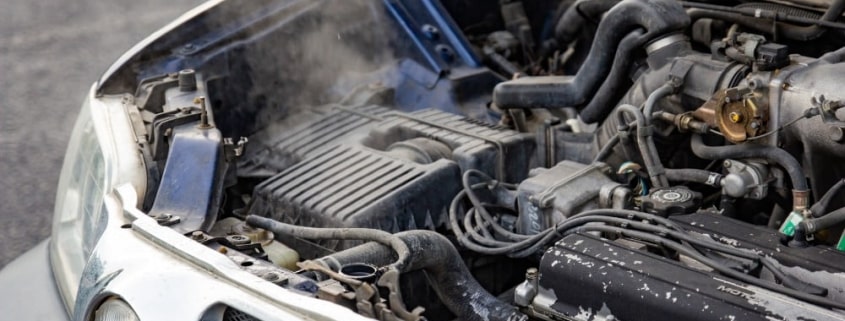What is radiator electrolysis?
Radiator electrolysis and warning signs
Have you noticed that your radiator is overheating or performing inefficiently recently? There could be a few reasons for this, but one of the most common causes is something called electrolysis.
Electrolysis can corrode your radiator rapidly, and if it’s not addressed straight away, you can end up with costly repairs, or irreparable damage.
Natrad can assess your cooling system and radiator, and test for electrolysis. Nip into Natrad for specialist advice and expert service.
What is electrolysis?
Electrolysis is a critical issue for radiators and it’s essential to prevent as much as possible. Radiators are a critical component and if it fails, it can be expensive to repair. There are a few different ways electrolysis can occur, but if it’s a pre-existing problem that’s not picked up before installation, your radiator can be rendered useless, quickly. To save your radiator from such a fate, read below.
How can it happen?
Often the cause for electrolysis is faulty grounding, causing excess electrical currents to flow through the cooling system’s cooling fluid or metal in finding a path to an electrical ground. Generally, faulty grounding can occur due to a few reasons:
- Faulty relays
- Recent repairs or servicing that has resulted in paint or materials (such as powder coating) blocking the current
- Tampered wiring (e.g. after a crash repair or electrical accessories installation )
- Incorrectly installed radiator or fans
Or, it is also possible that some electrical components are simply poorly grounded. This can impact the radiator because the very thin metal tubes only need a small amount of damage to cause a leak. Depending on the strength of the current, damage can occur in just a few days.
Important tip: Most would agree that over 0.03 volts (30 mV) is considered a harmful amount.
What are the effects?
In terms of functionality, your radiator won’t be able to function. It may fail, overheat or leak but after the damage is done there’s no going back.
There are some other more visible effects too:
- Holes
- Blockages
- Withered metal
- White aluminium oxide powder found inside the inlet and outlet pipes
- Build-up of residue on the core internals
- Tube deterioration and failure
Key signs to look out for
The sooner you spot electrolysis the better, because in some circumstances damage may be inflicted on other parts of the cooling system as well.
So what can you expect to find?
- Blackness on the radiator header plate below the inlet manifold
- Residue on core internals, especially the inside of plastic parts, and in particular the inlet neck
- Pitting — aluminium surfaces can take on an orange peel effect, which occurs at contact points of weakness
- Acidic coolant
- Damaged radiator hoses
- Leaks around the plastic intake manifolds
- Pin sized holes anywhere on the radiator core
Recognise any of these? Now that you know, what can you do about it?
Testing methods
- Testing coolant pH. Neutral balance indicates all is well, whereas acidic coolant usually means there has been a chemical reaction due to the current.
- Testing for residual voltage. There should be no voltage potential difference between coolant and the ground.
- Test for stray current. This is generally done using a sensitive, high impedance stray current test meter. This probes for current between coolant and earth with electrical currents activated.
Prevention is the best cure
Electrolysis damage is pretty final and the only way to fix it is to ensure the system is free of stray current. This would be followed by replacement of any other failed or damaged components and a coolant flush.
Alongside giving your radiator and cooling system a thorough once-over, Natrad can also perform a range of tests that can confirm whether electrolysis is present. Talk to your local workshop today.








